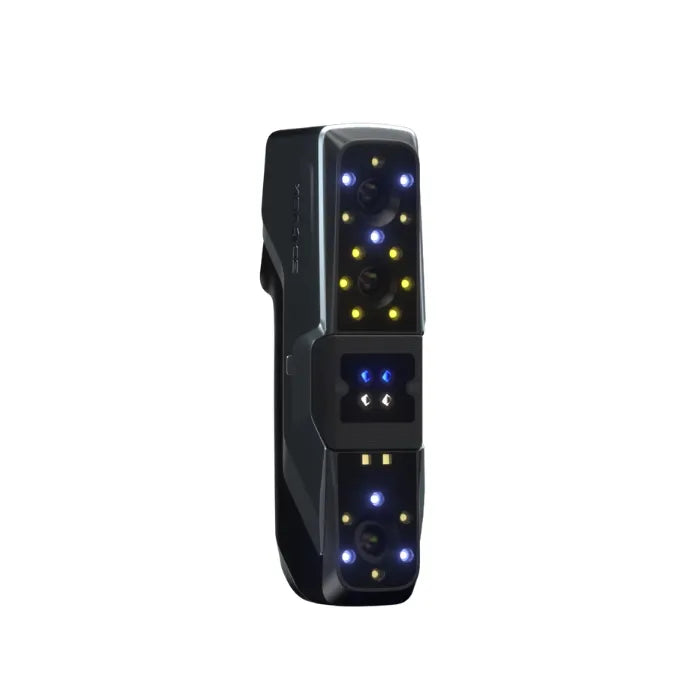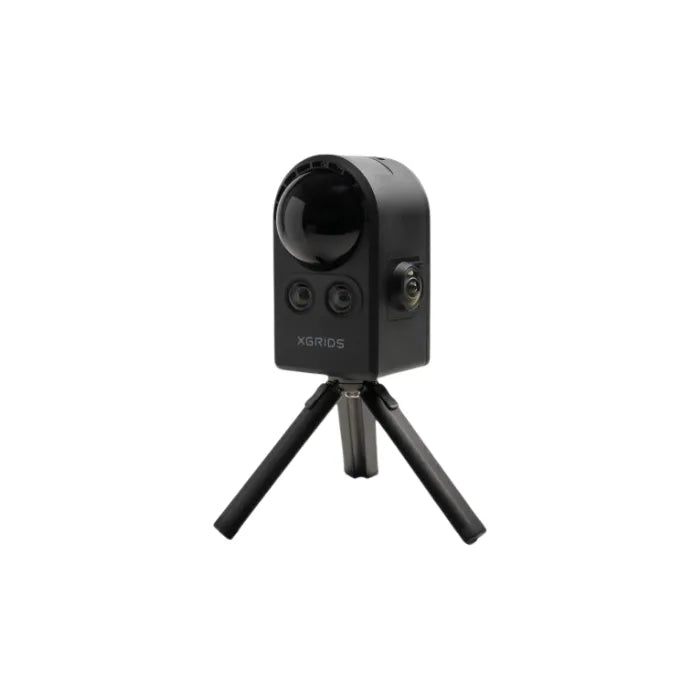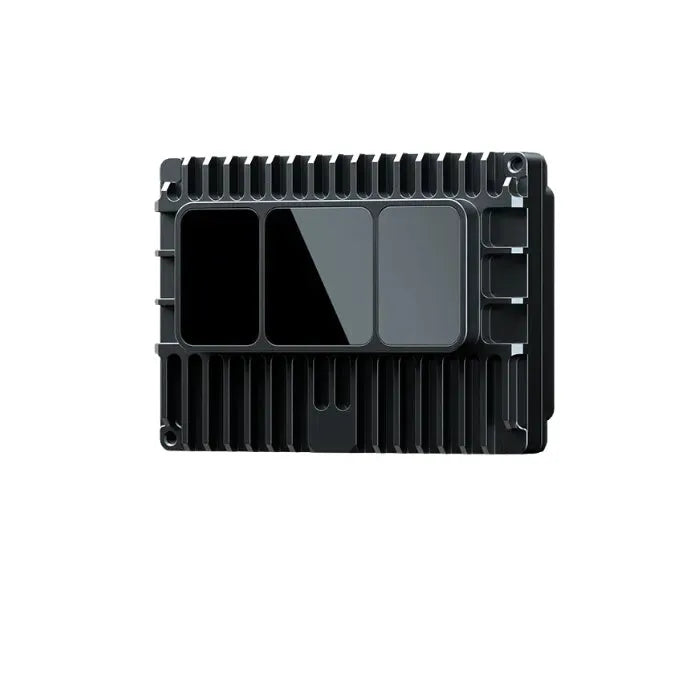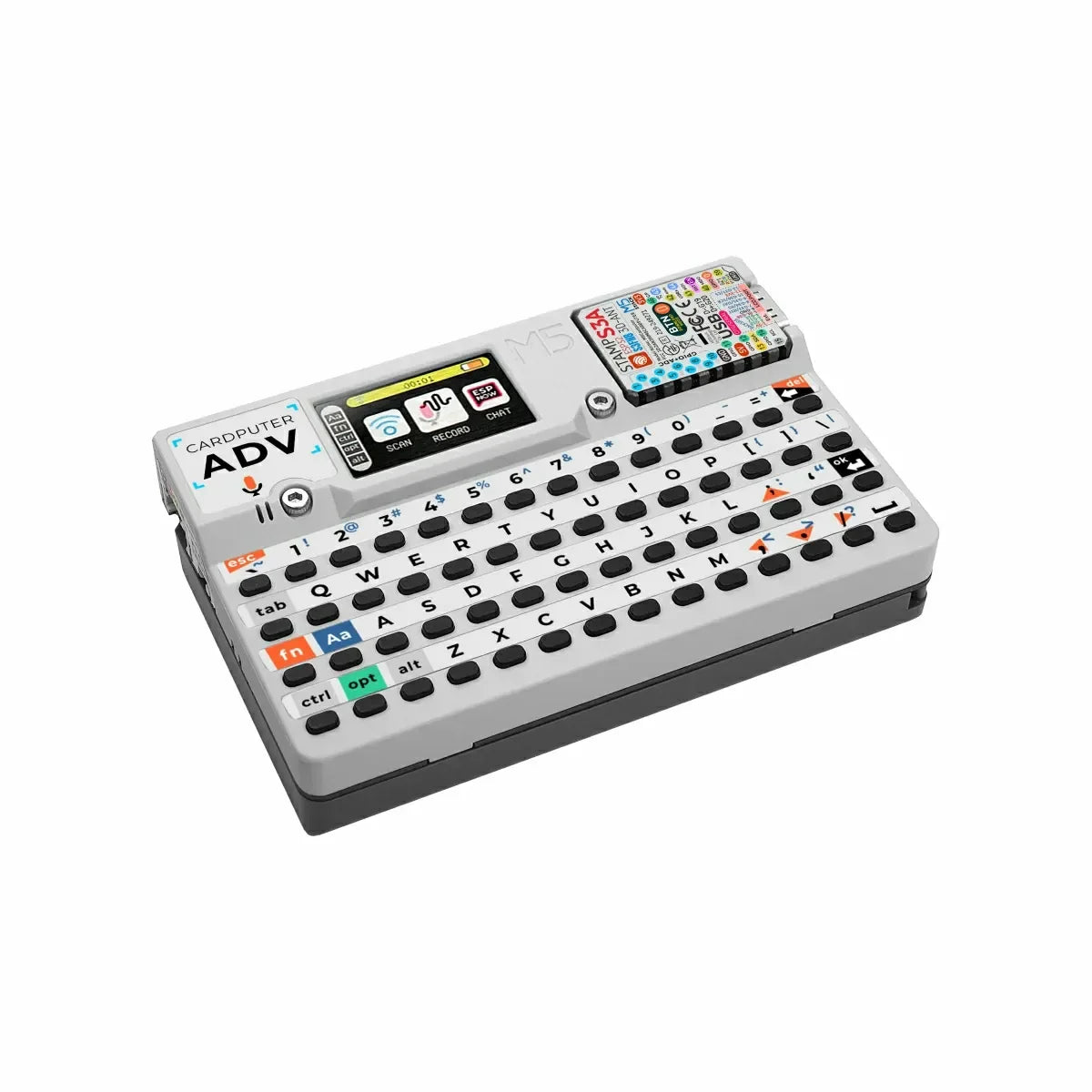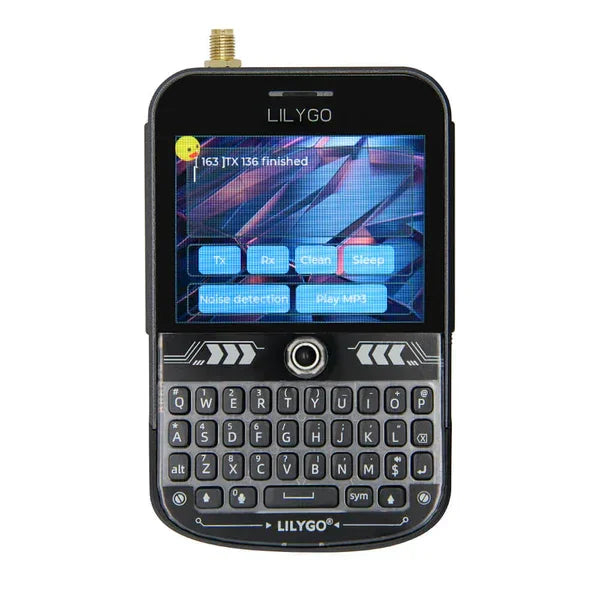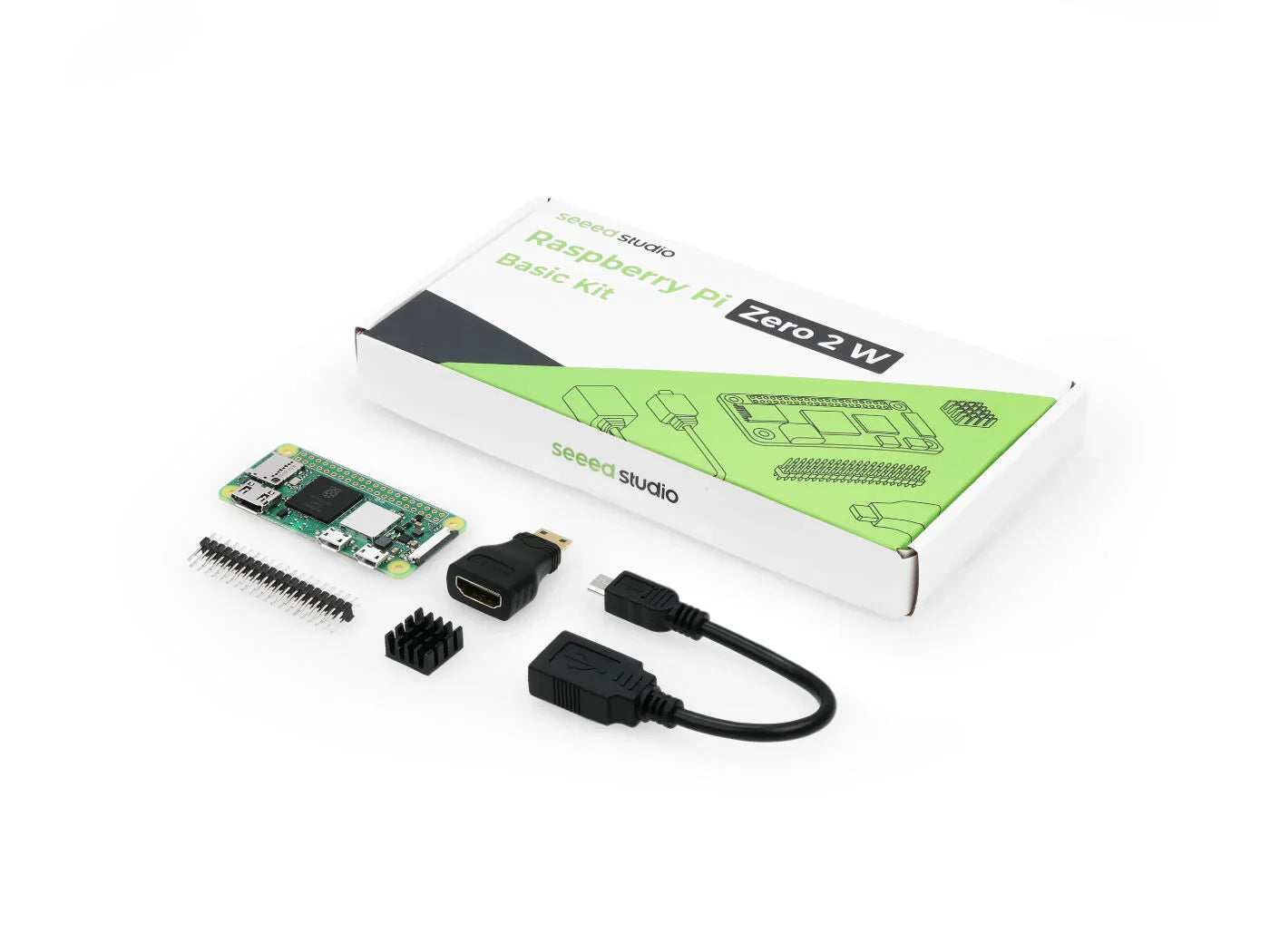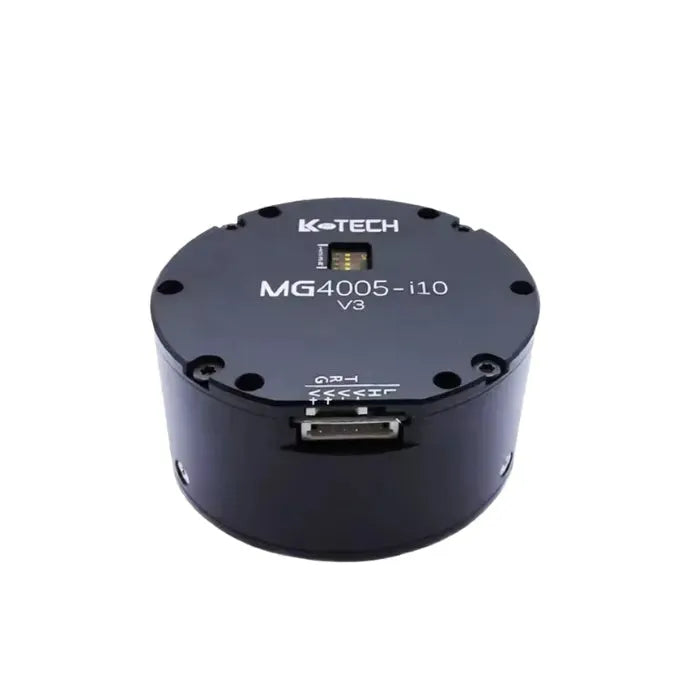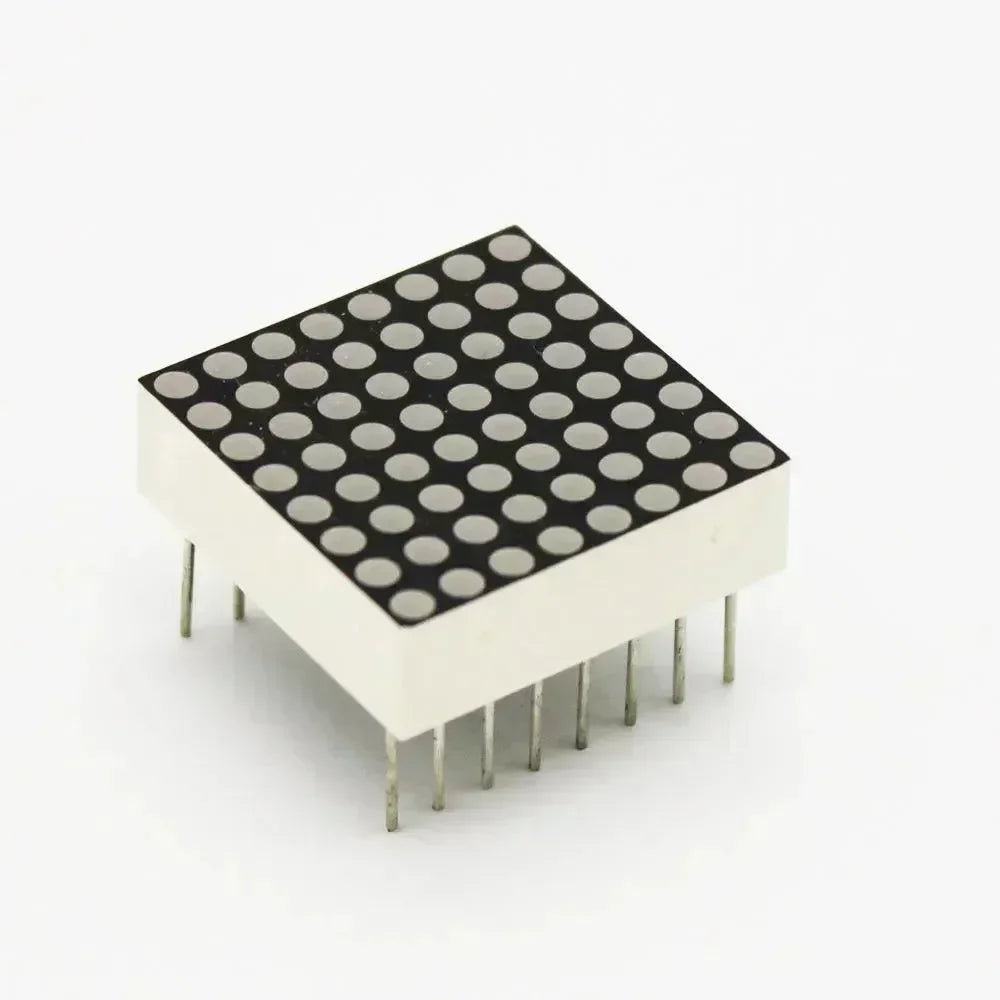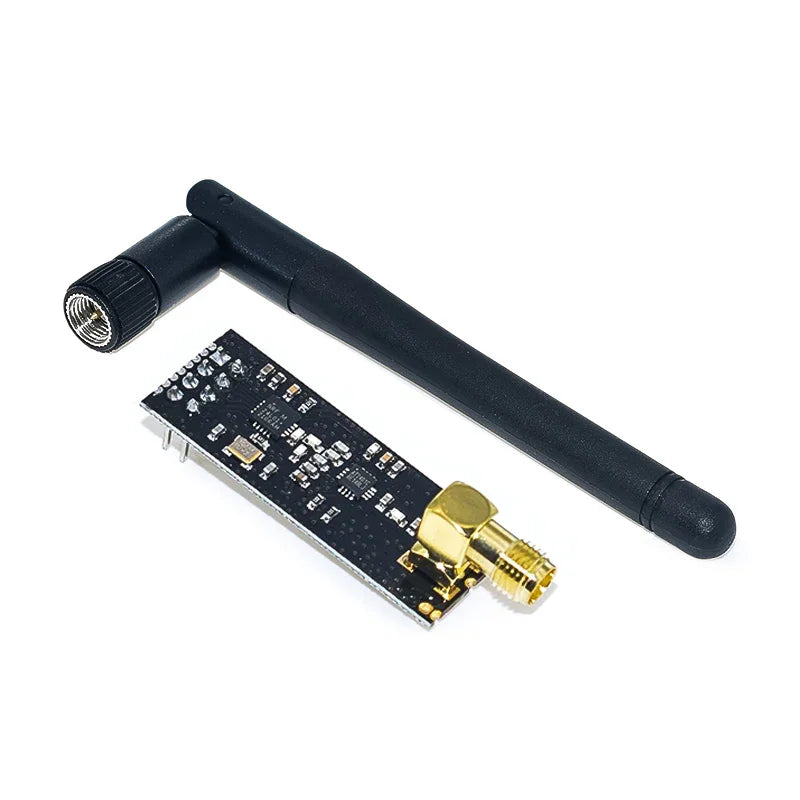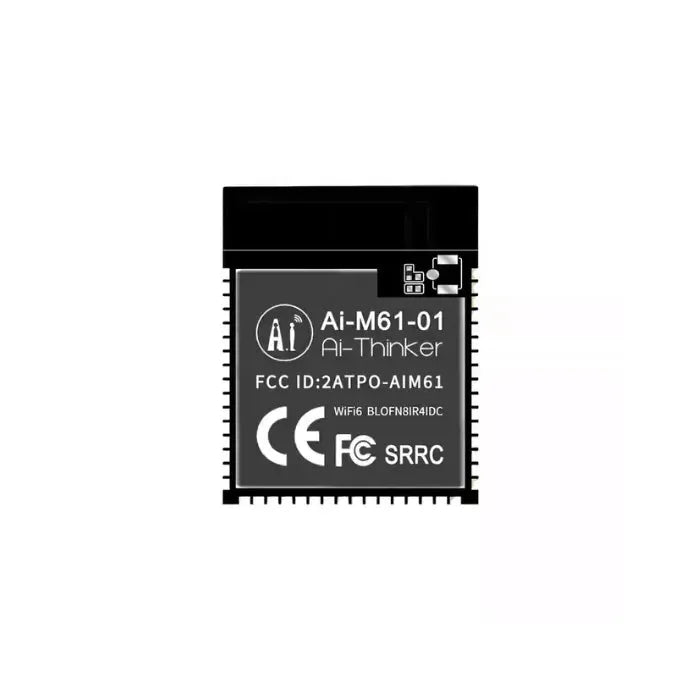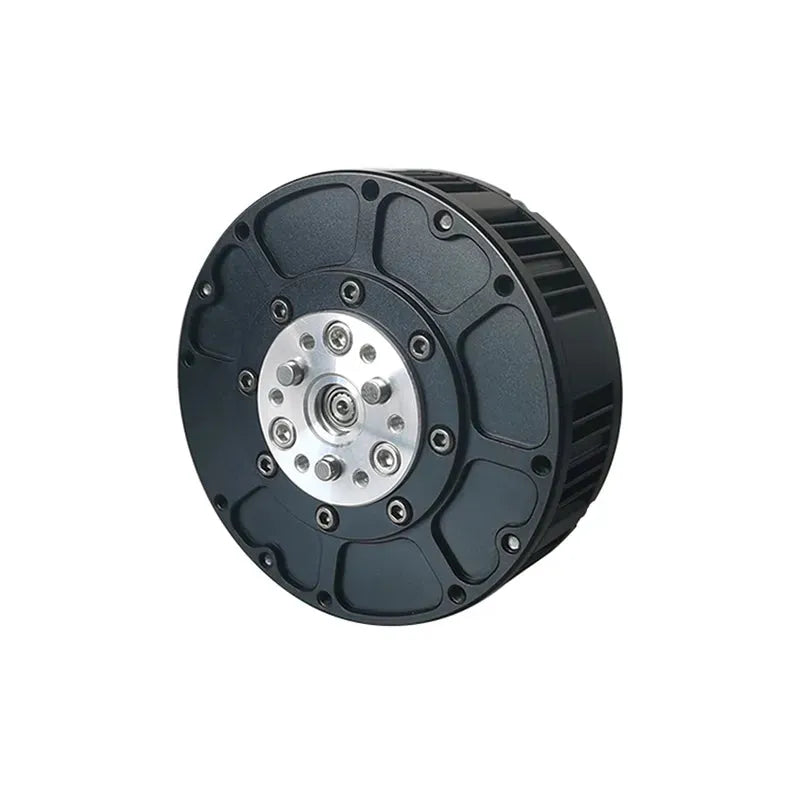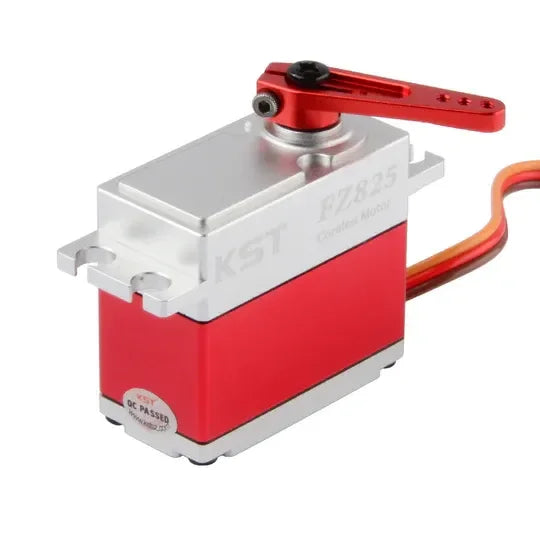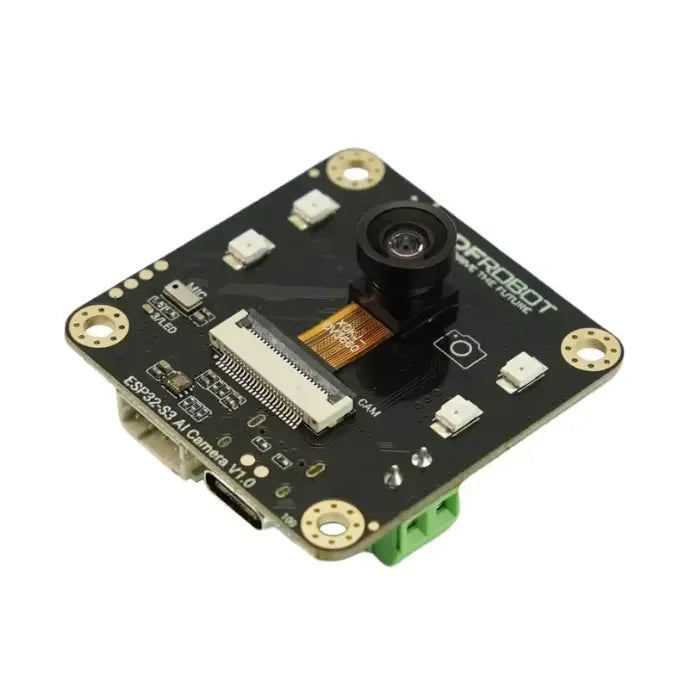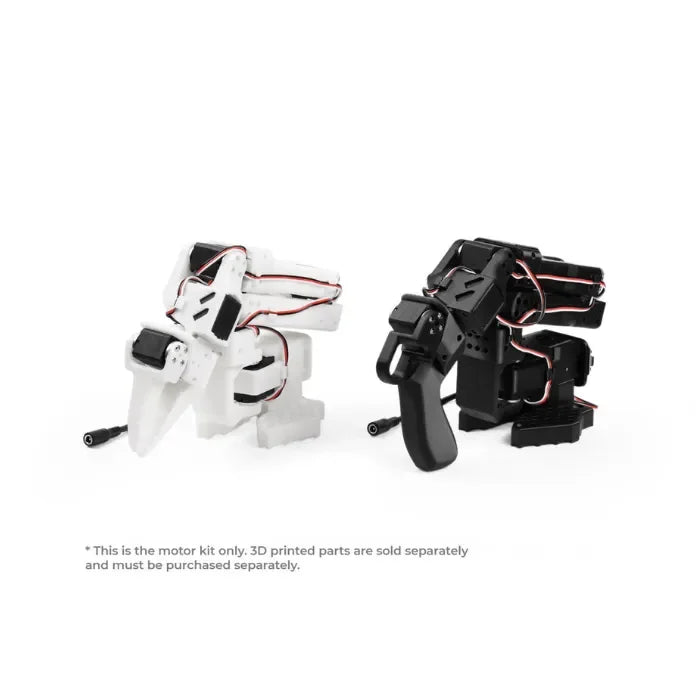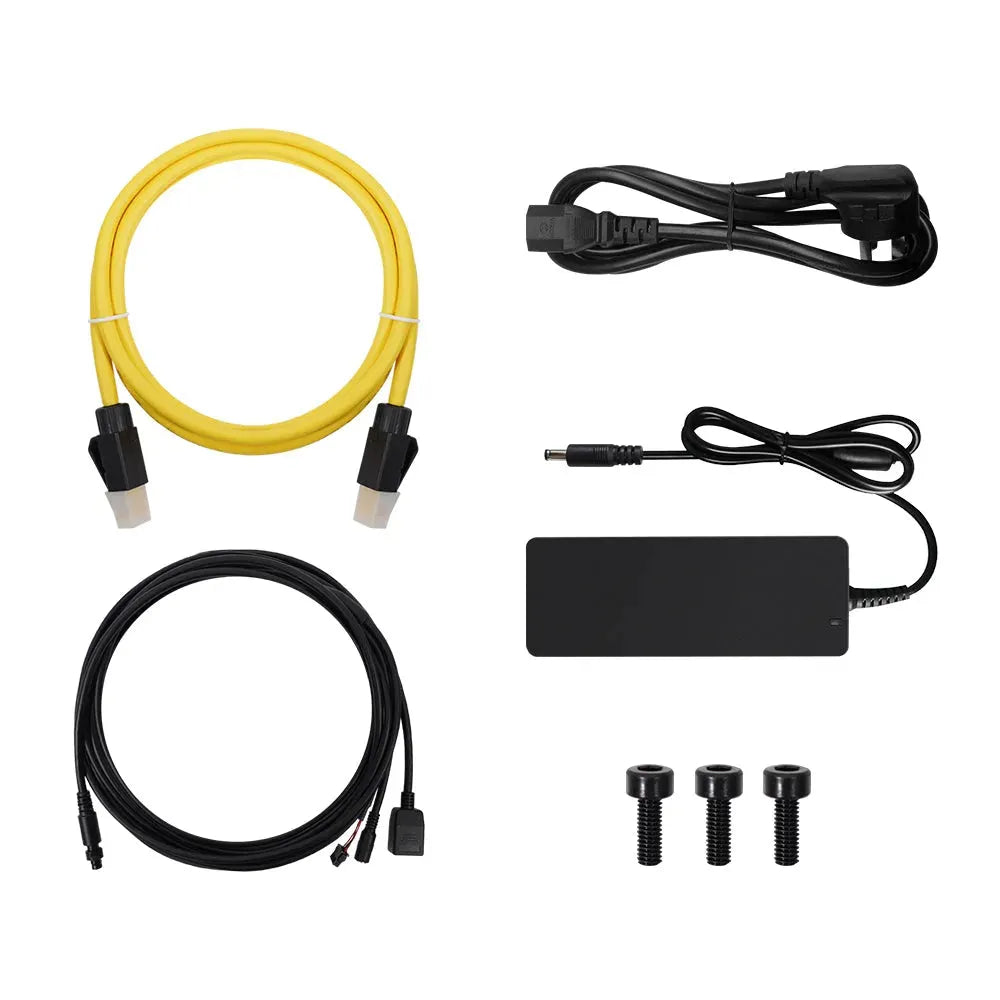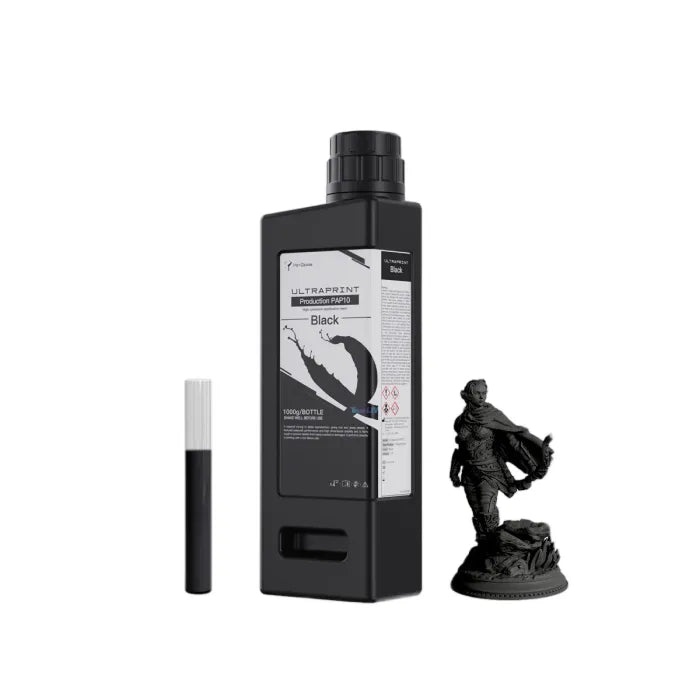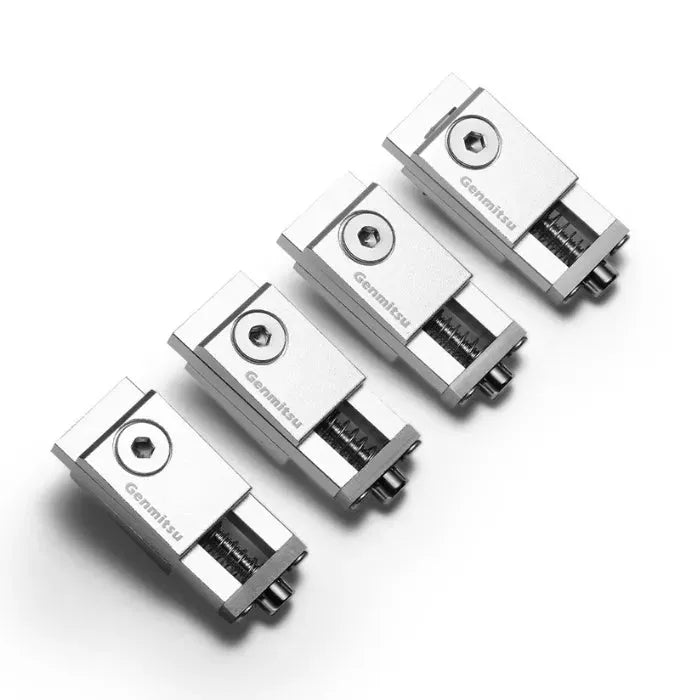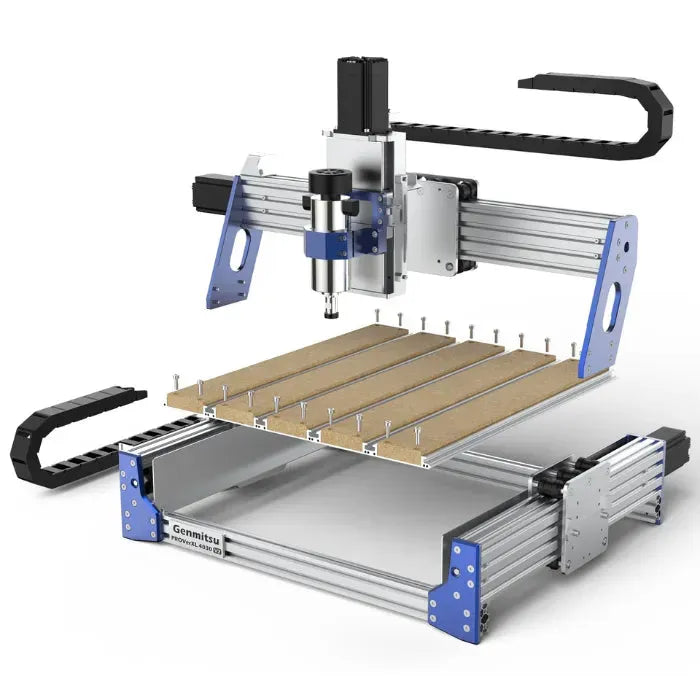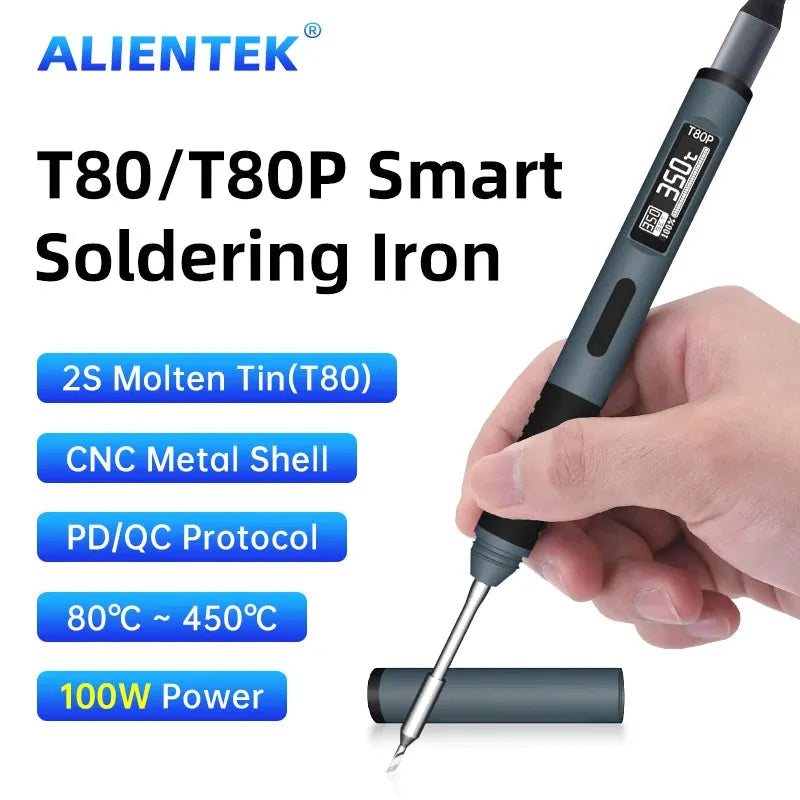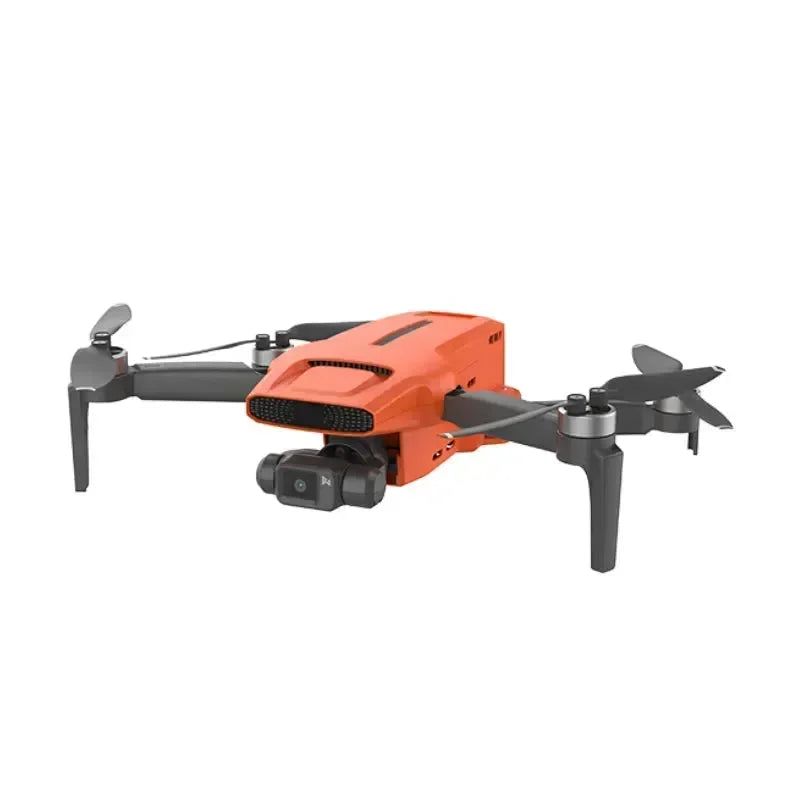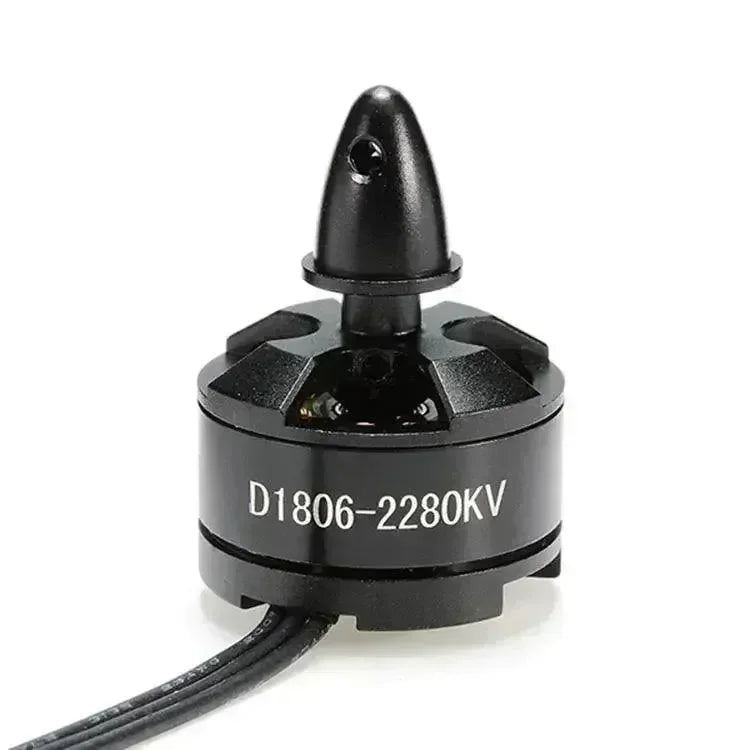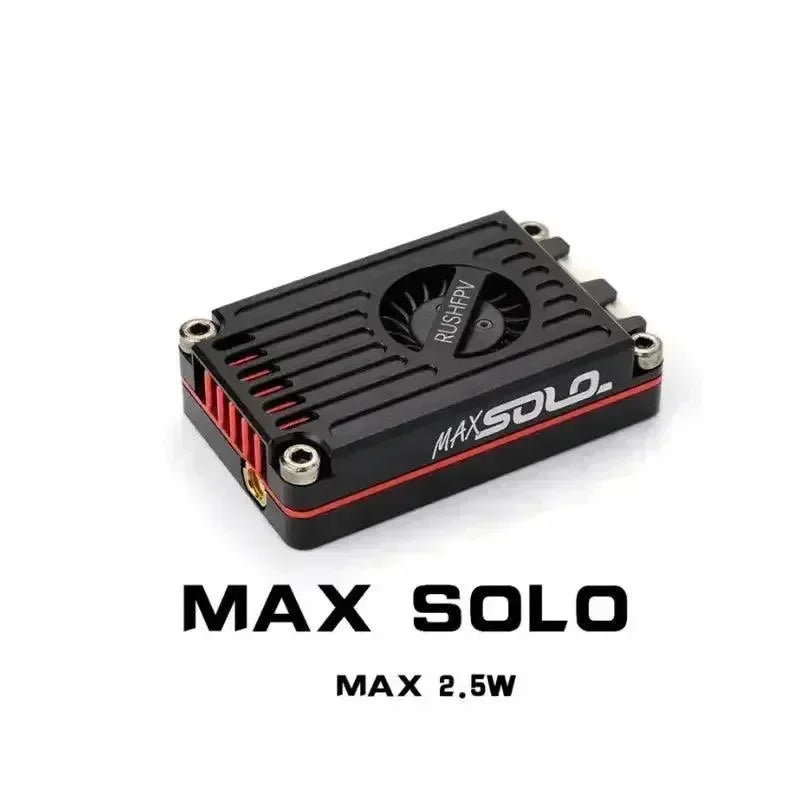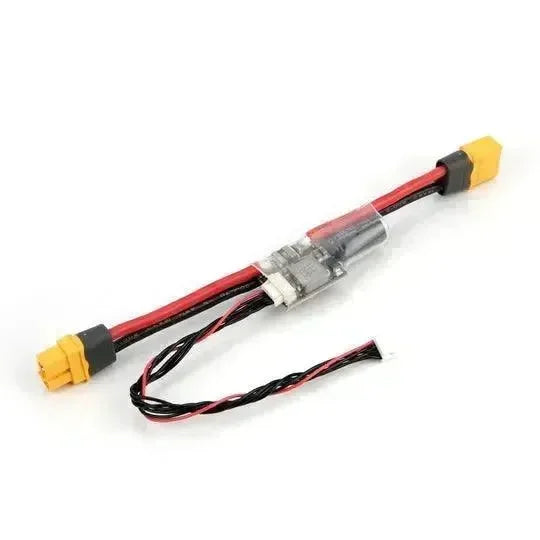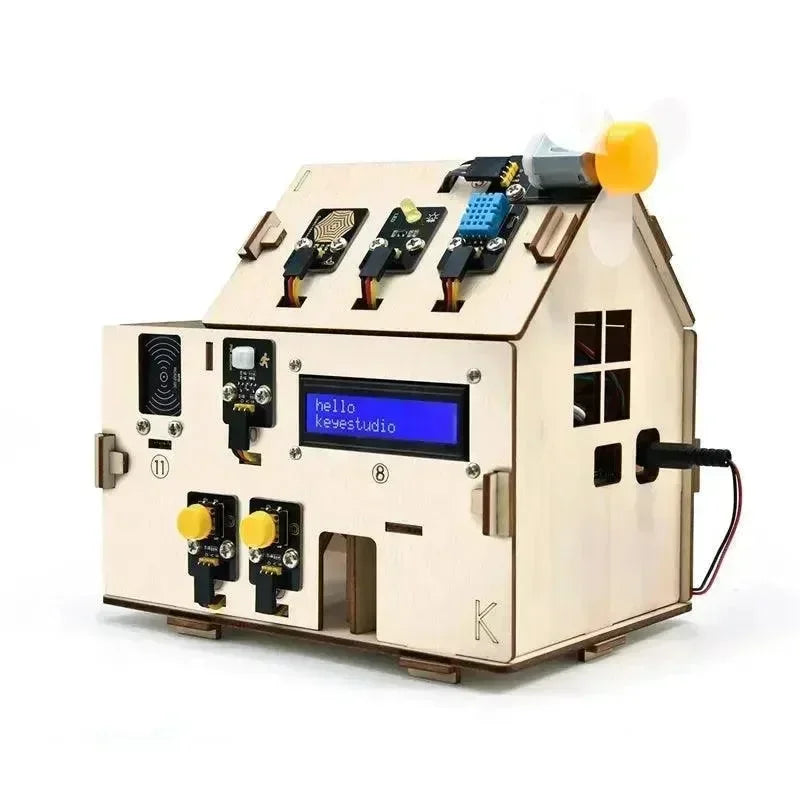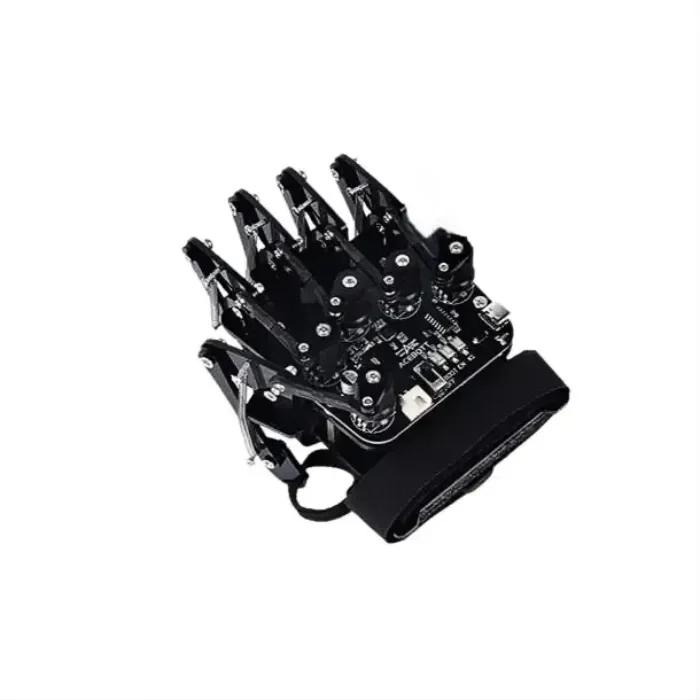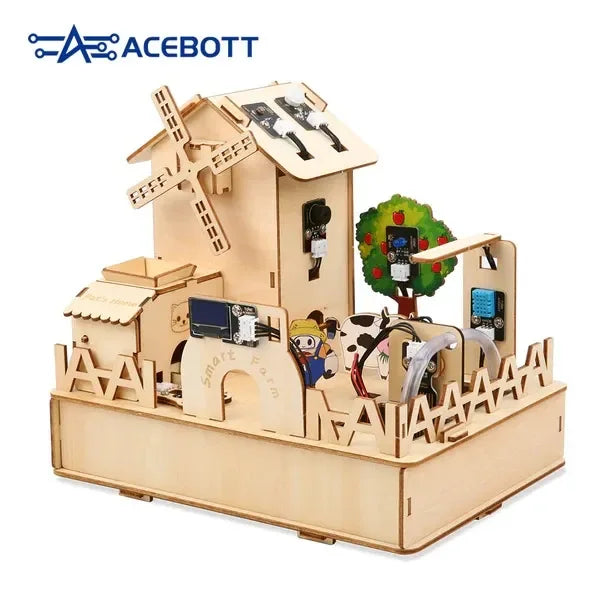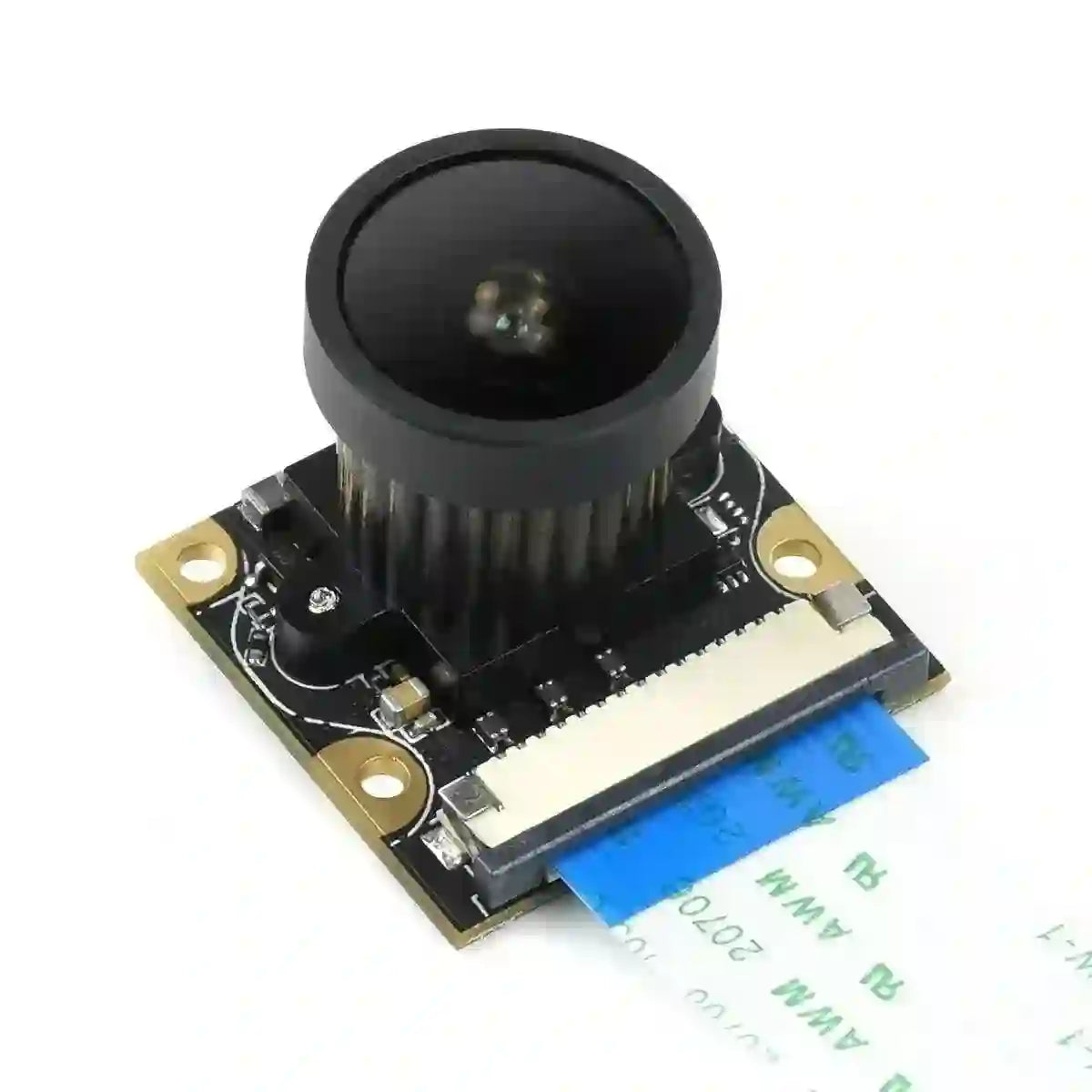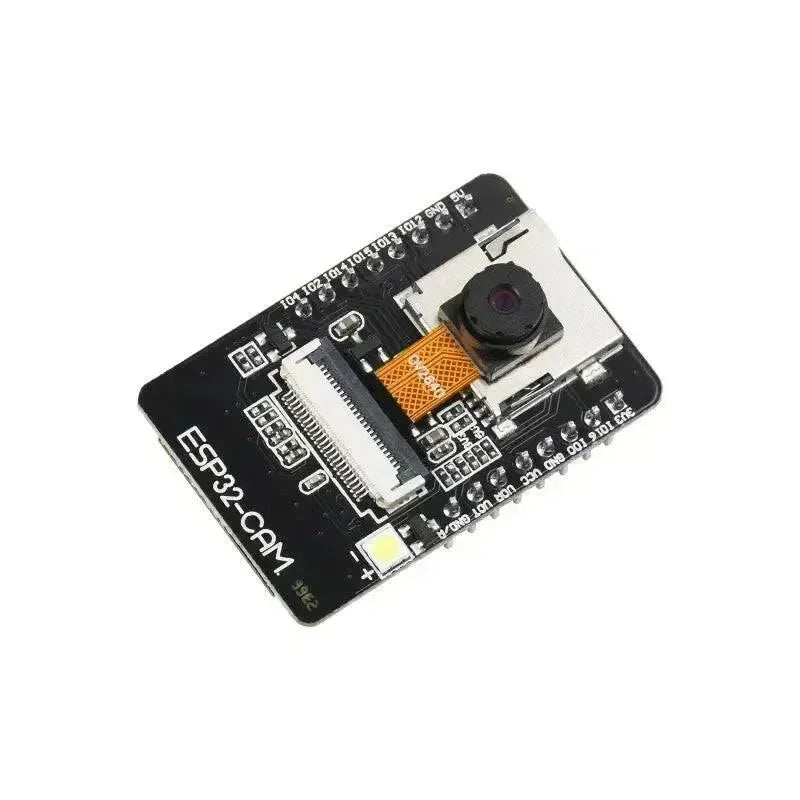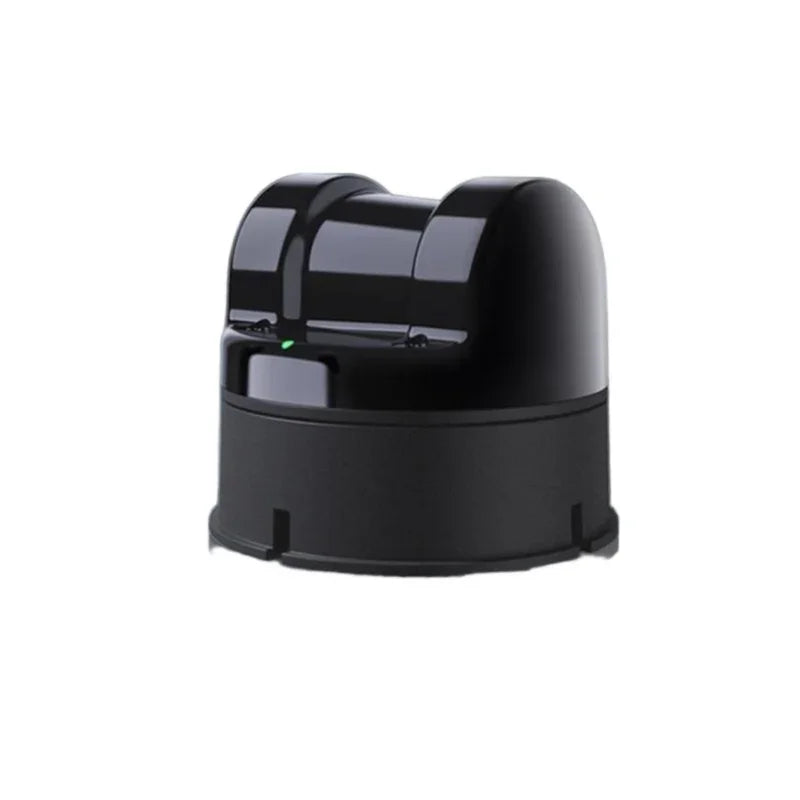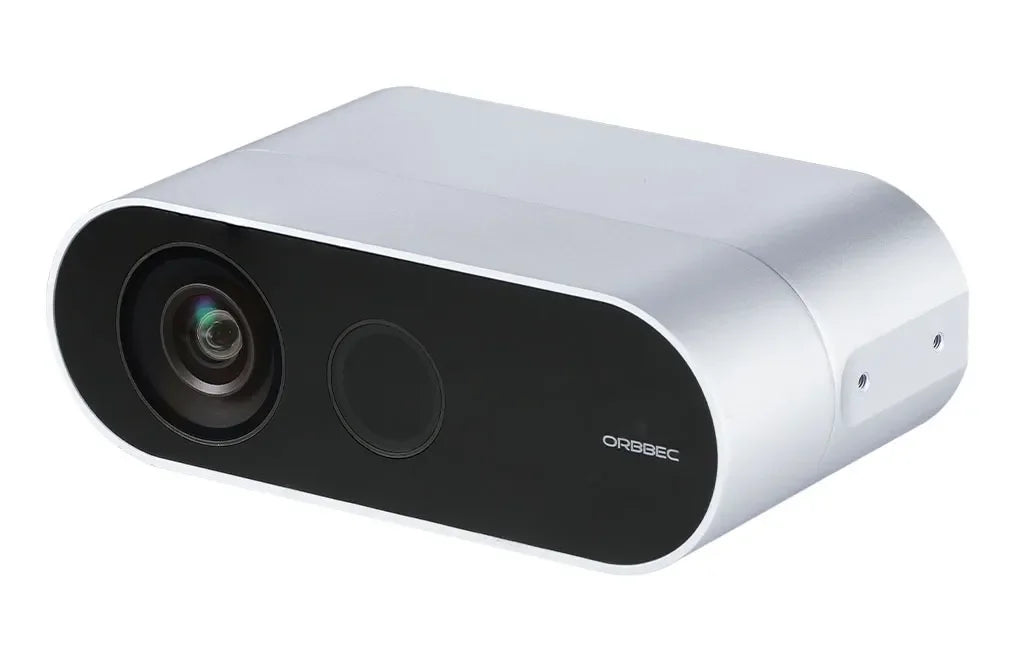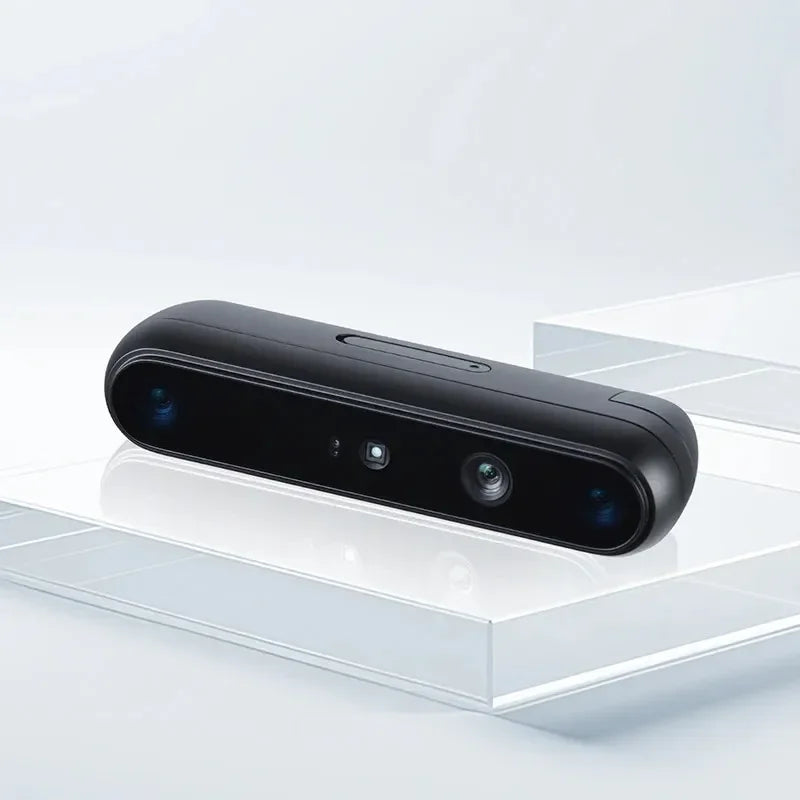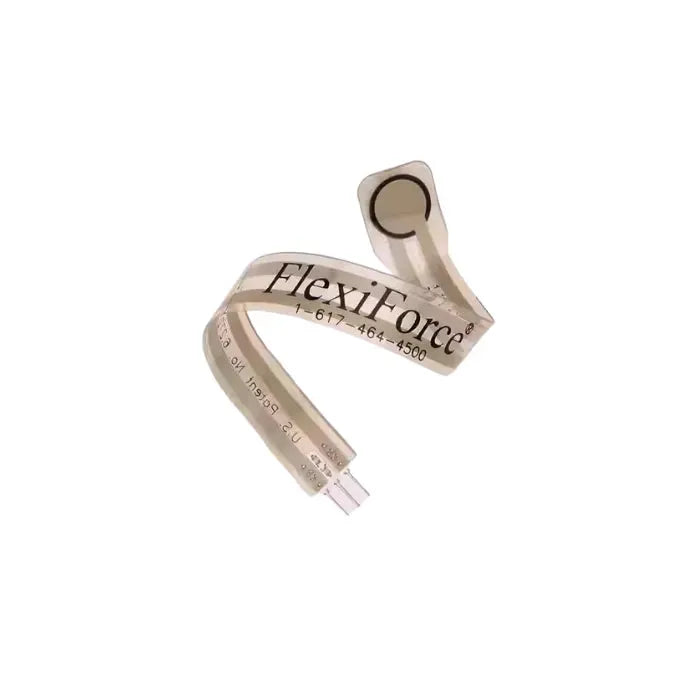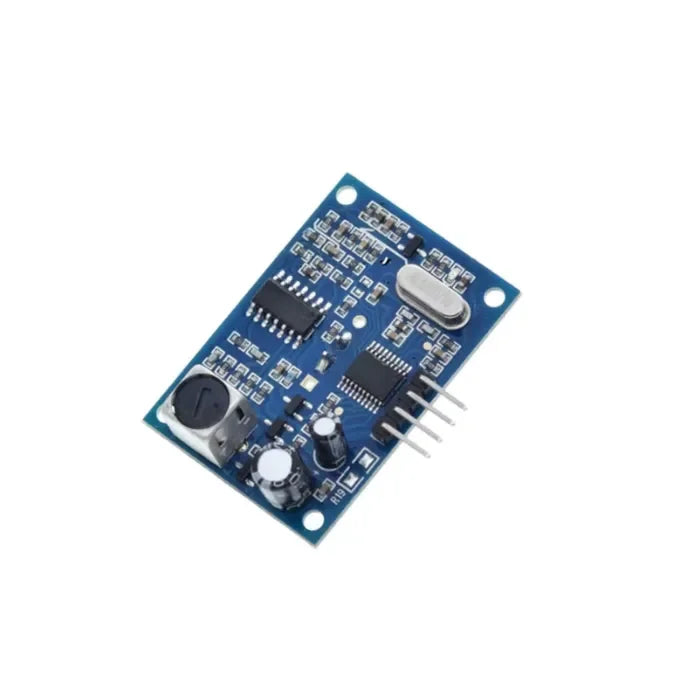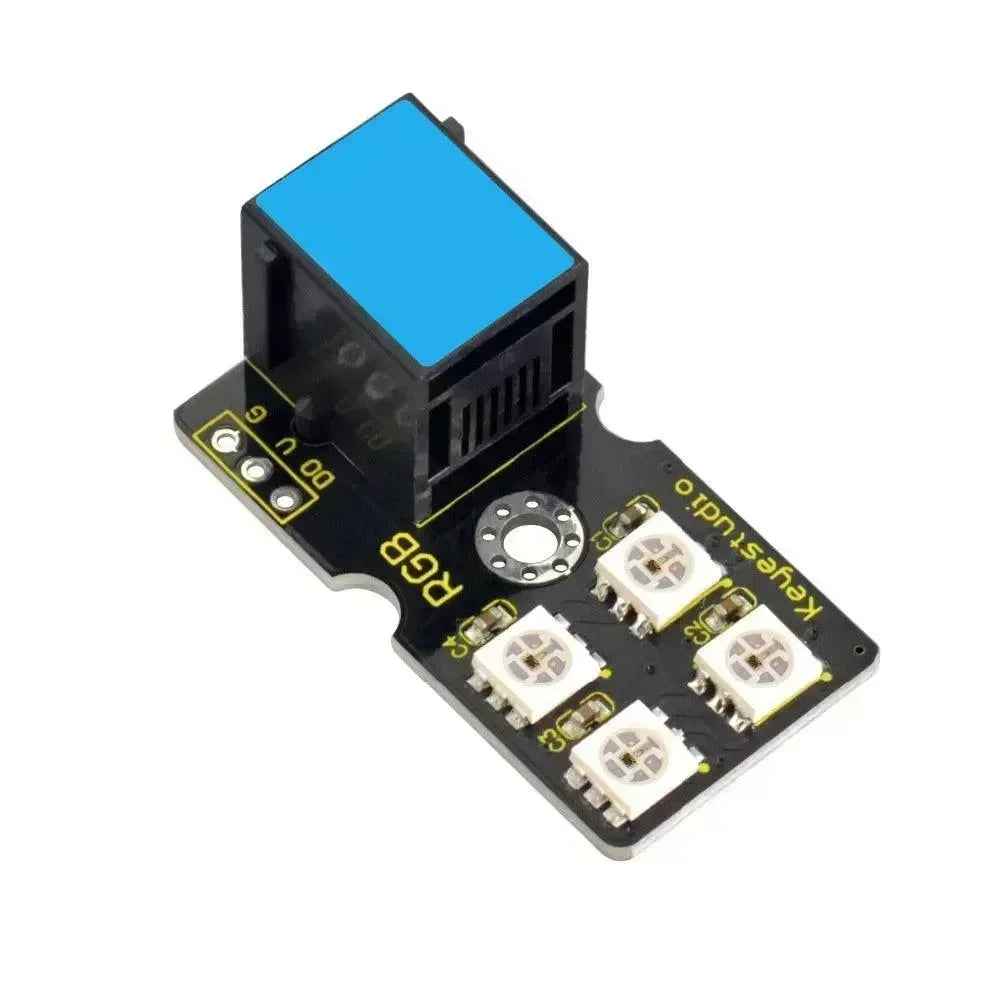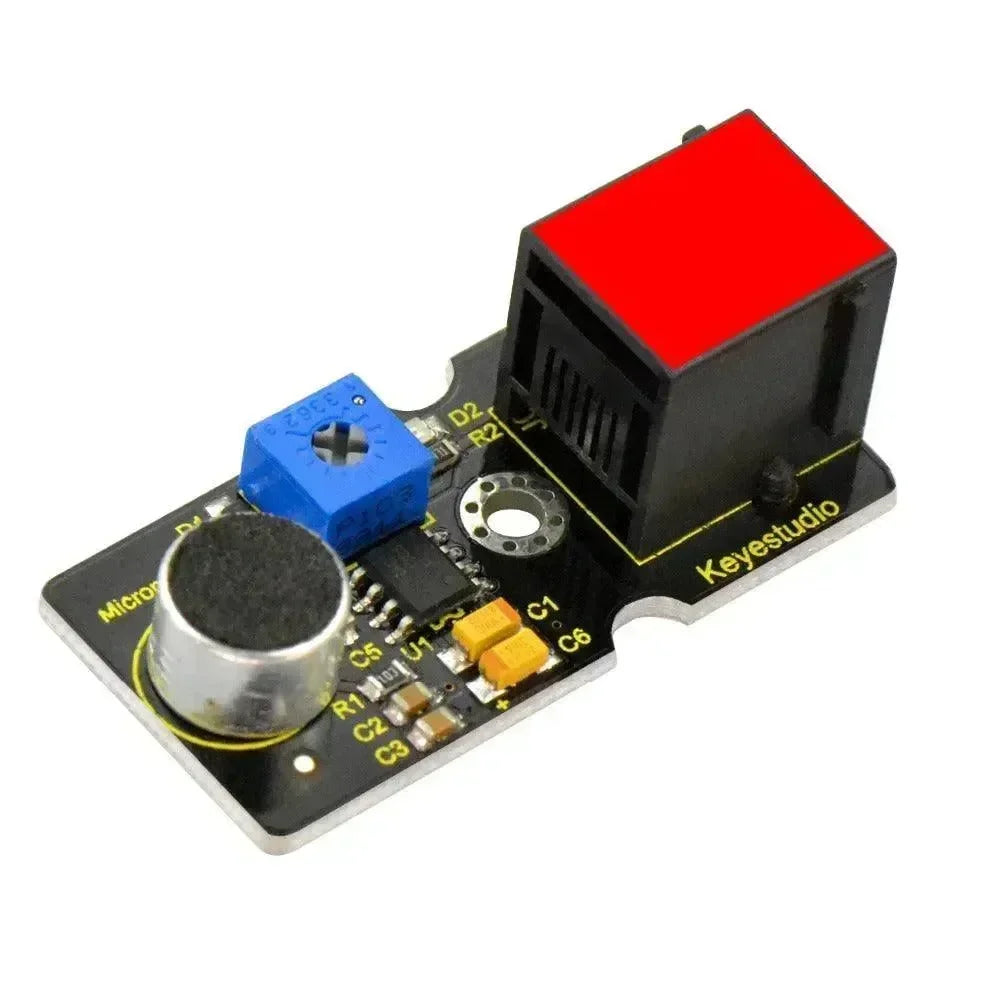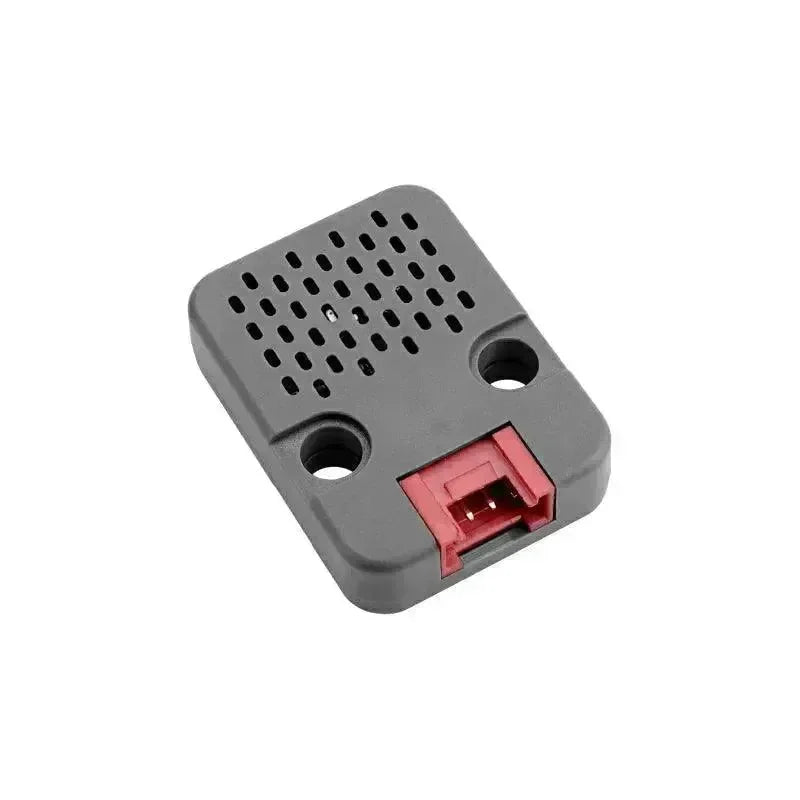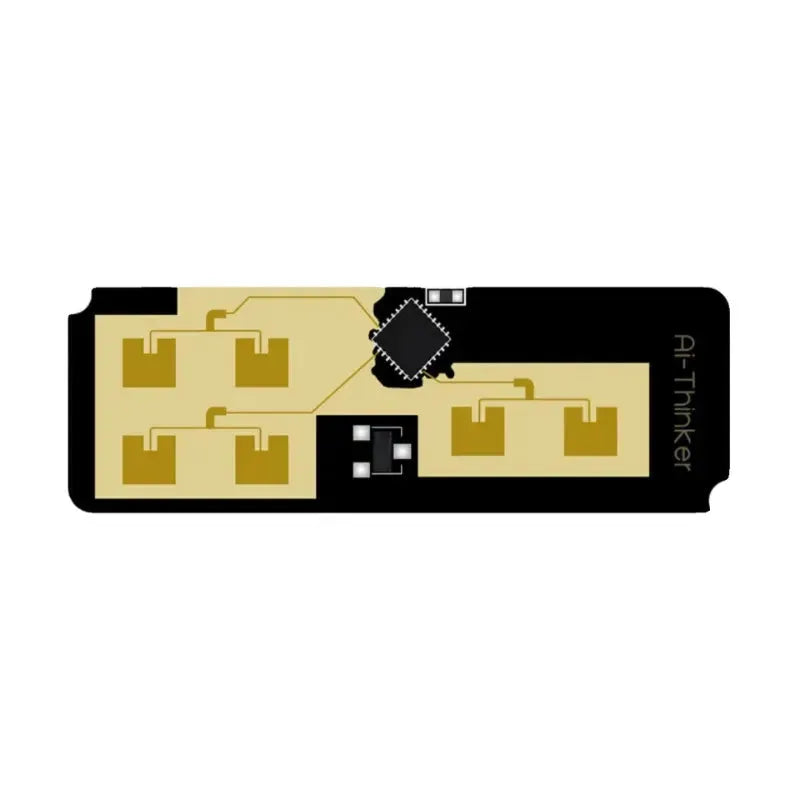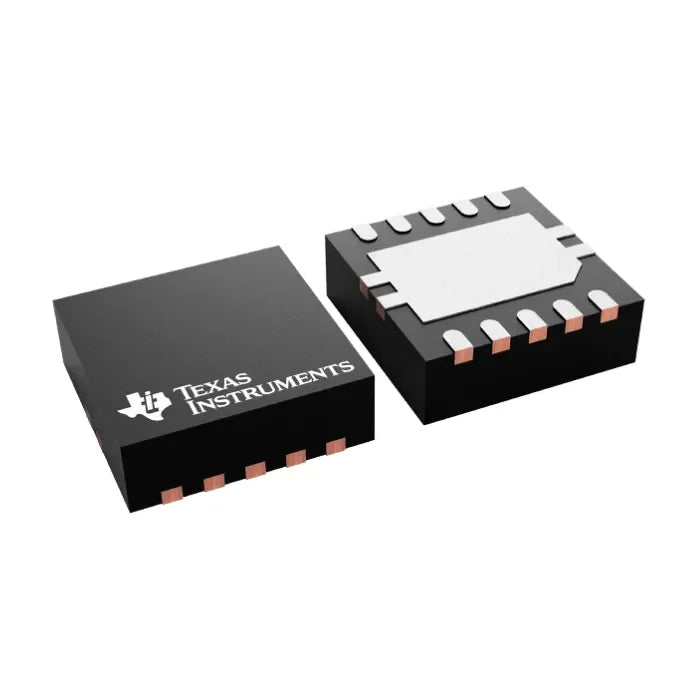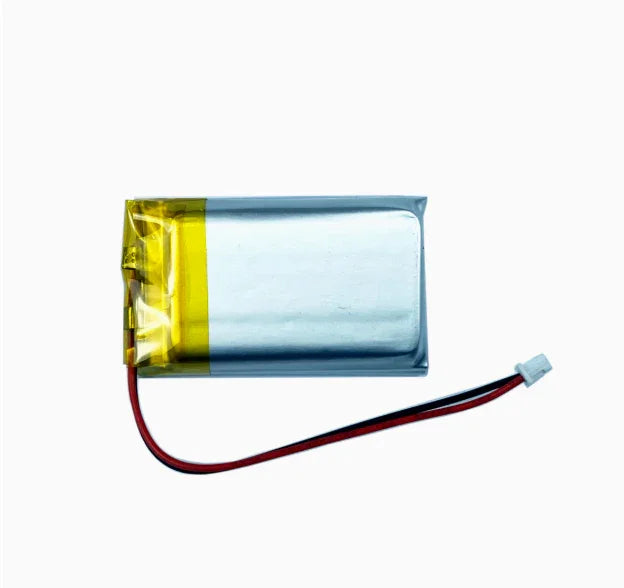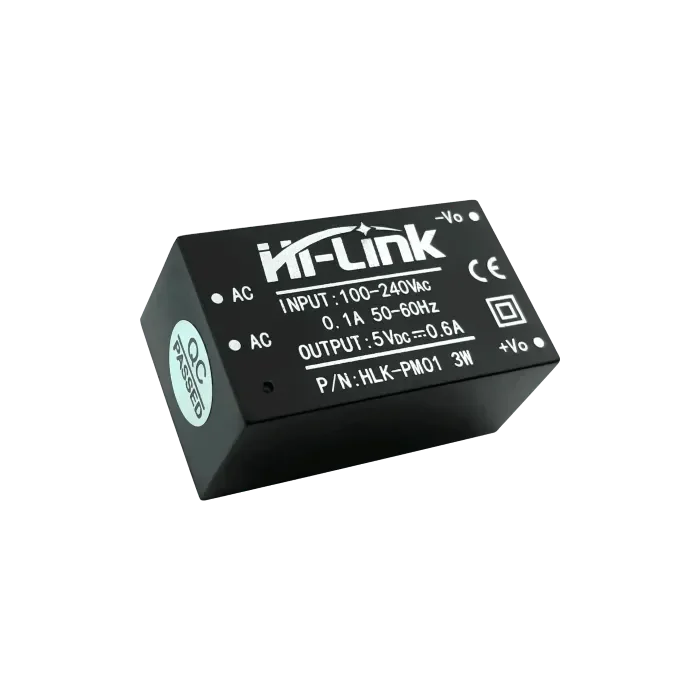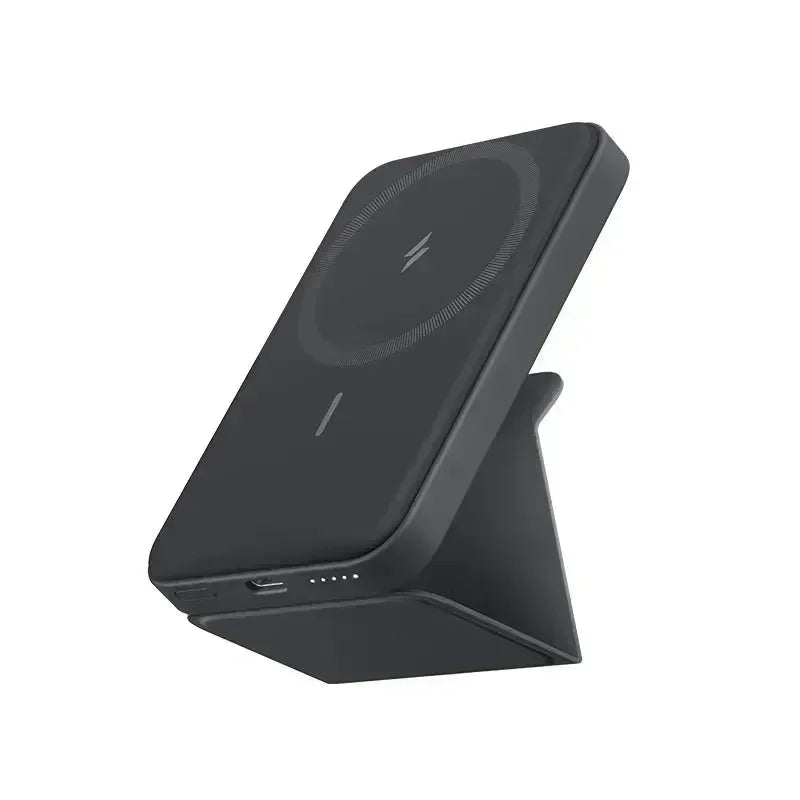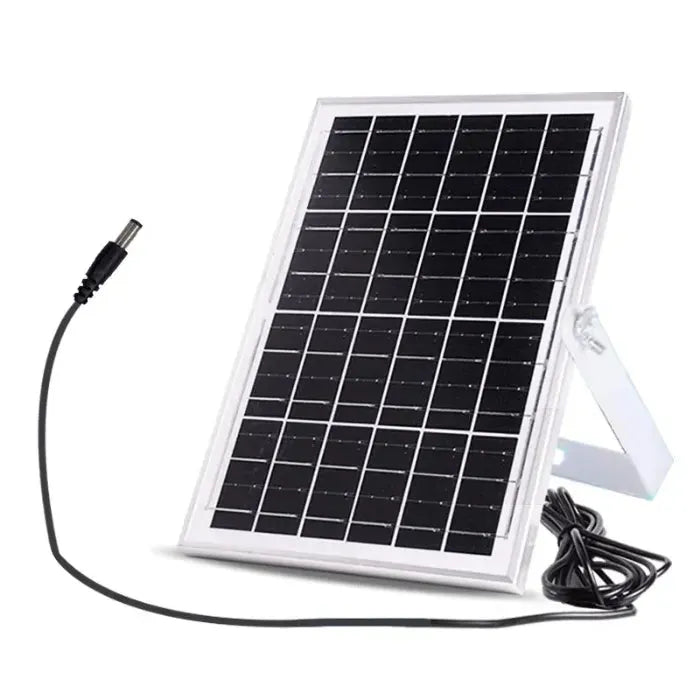As motion control technology advances, brushless DC motors (BLDC) have become increasingly important in applications like robotics and industrial automation. BLDC motors offer superior efficiency, reliability, and control compared to traditional brushed motors. Key to their success is the integration of electronic controllers, such as those found in the M5Stack RollerCAN Unit and M5Stack Roller485 Unit, which regulate the motors' performance through protocols like CAN and RS485. This article will delve into BLDC control, compare the RollerCAN and Roller485, and highlight the key factors developers should consider when developing with CAN.

Understanding Brushless DC Motor (BLDC) Control
BLDC motors are powered by direct current but use electronic controllers to switch the current between motor windings, producing rotation. Unlike brushed motors, which suffer from wear and tear due to physical brushes, BLDC motors rely on sensors and microcontrollers for efficient, smooth operation. One advanced method of controlling BLDC motors is Field-Oriented Control (FOC), which optimizes torque and speed regulation, making these motors ideal for demanding applications in robotics, automation, and more.
The M5Stack RollerCAN and Roller485: An Introduction
The M5Stack RollerCAN Unit and Roller485 Unit both feature a 3504 200KV BLDC motor paired with an STM32 microcontroller, FOC closed-loop drive system, and real-time feedback via a 0.66-inch OLED display and RGB LEDs. These units are compact, LEGO-compatible, and designed for precise motion control applications, such as robotic joints and smart manufacturing.
- Roller485 Unit: Utilizes the RS485 communication protocol, which excels in industrial settings where long-distance, stable communication is required.
- RollerCAN Unit: Integrates the CAN bus protocol, commonly used in automotive and complex multi-node environments, offering higher-speed communication, real-time error correction, and greater reliability in multi-device setups.
Comparing RollerCAN and Roller485 Units
While both units serve similar motion control purposes, the key distinction lies in their communication protocols:
- RS485 (Roller485 Unit) is a simpler, half-duplex protocol with robust long-distance capabilities, making it ideal for industrial applications where stable, straightforward communication over extended distances is necessary.
- CAN Bus (RollerCAN Unit) is a more sophisticated protocol that provides high-speed, real-time communication, ideal for environments where multiple devices (multi-nodes) need to communicate efficiently without data collisions.
Thus, for industrial applications focused on long-distance communication, the Roller485 may be more appropriate. In contrast, the RollerCAN Unit shines in scenarios requiring more sophisticated, faster communication with multiple devices, such as in robotics or automotive systems.
Developing with CAN vs. RS485
From a development perspective, RS485 is easier to implement, requiring fewer setup steps but offering less in terms of error management. Developers working with CAN bus, on the other hand, must handle a more complex system but benefit from its automatic error detection, message prioritization, and fault tolerance. This makes CAN ideal for real-time applications where reliability is paramount, even if development may initially require a steeper learning curve.
Key Considerations for Developers Working with RollerCAN
When developing with the RollerCAN Unit, here are some critical factors to keep in mind:
- Proper CAN Bus Termination: Ensure that your network is properly terminated to avoid signal reflections and ensure stable communication.
- Message Prioritization: Take advantage of CAN's built-in message prioritization to ensure important signals are transmitted without delay.
- Multi-Node Communication: For applications involving multiple devices, ensure that each node communicates efficiently without data collisions. CAN handles this with its arbitration feature, but careful network design is essential.
- Error Handling: CAN's automatic error detection helps maintain communication integrity, but developers should still be mindful of implementing robust fault-handling routines.
- Real-Time Performance: Since CAN excels at real-time communication, it's essential to consider system performance when developing time-sensitive applications like robotics or automation.
Conclusion: Why Choose RollerCAN?
The M5Stack RollerCAN Unit is a powerful tool for developers looking to build precise, efficient motion control systems that require high-speed, reliable communication. Its CAN protocol integration, combined with the efficiency of BLDC motors, makes it ideal for advanced applications where multiple devices need to communicate seamlessly in real-time environments. While CAN development can be more complex than RS485, the benefits in terms of speed, reliability, and error handling are substantial.
For developers working on projects requiring fast, multi-node communication—especially in robotics, automotive, and smart manufacturing—the RollerCAN Unit offers a cutting-edge solution. If you’re ready to push the boundaries of what BLDC motors can achieve, the RollerCAN is an excellent choice to elevate your projects to the next level.

